Search Results for 'William Henry'
23 results found.
One hundred years of St Bridget’s Terrace
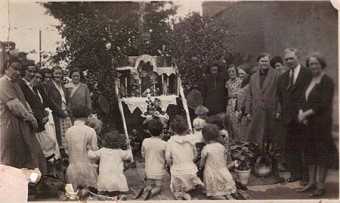
There can be few streets in this country that are as well documented as St Bridget’s Terrace. It was built 100 years ago on St Bridget’s Hill. The hill overlooked the town and was of great strategic and military importance. Both the Cromwellian and Williamite armies camped there when attacking Galway. During the 17th century, the hill was known as ‘Gottyganavy’. In 1710 the name had evolved to ‘Knocknegany’ and on Logan’s 1818 map of the city, it is depicted as Cnoc na Gainimhe (the Hill of Sand, or Sandpit Hill).
Ceremony to remember Galway Famine victims
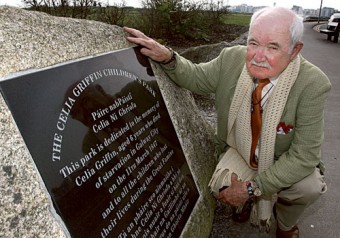
Galwegians who died aboard the Famine ships, those who made it start a new life in Canada and the US, and those who manned the ships that bore them will be honoured in the city next week.
The Crimean cannon
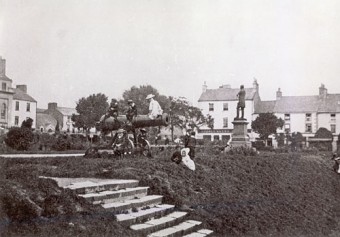
August 3 1857 was a day of celebration in Galway as the British War Department handed over two Russian cannons to the town commissioners. These cannon were described as “64 pounders of a heavy and clumsy description, each weighing two tons”, and were part of a large amount of Russian ordnance which fell into the hands of the 88th regiment during the Crimean War. Many of these artillery pieces were presented by the War Department as trophies to cities and town across the British Isles.
Attempts made in 1847 to establish fishing industry in the west
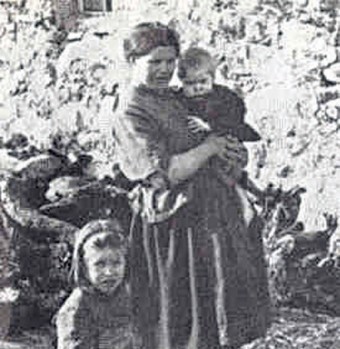
The tragedy of the Great Famine was compounded by the fact that our seas were full of fish, yet the lack of a sustainable fishing industry, and a general dislike of fish among the peasantry, left untouched this abundant food source. As the appalling statistics of hunger, riots, death, fever and evictions began to penetrate the British government, some action was at last taken*. Unsuitable as it was for Irish palates, vast quantities of American maize was imported, and distributed. Public relief schemes, such as canal-building and new roads were introduced to provide some employment, and efforts were made to establish a fishing industry.
Hundreds of thousands starved while the sea teemed with fish
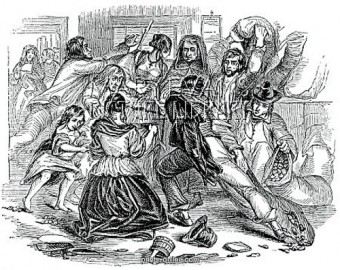
Reading William Henry’s book Famine - Galway’s Darkest Days*, I was struck yet again by the fact that while thousands of people died of starvation in the west of Ireland, when whole communities abandoned their homes in a desperate search for food, our seas were boiling with fish. The author tells us that in Galway at the beginning of the Great Famine in 1845 the Claddagh fishermen fiercely protected their fishing rights in the Bay, which they regarded as their exclusive property. But as the famine dragged on to the end of the decade the Claddagh fishermen had no means left for catching fish. They had pawned their boats and fishing equipment for food. The historian Cecil Woodham-Smith in her classic account of the Great Famine**, tells us that on January 9 1847, ‘all boats were drawn up to the quay wall, stripped to the bare poles, not a sign of tackle or sail remaining....not a fish was to be had in the town, not a boat was at sea.’
The Great Famine in Galway
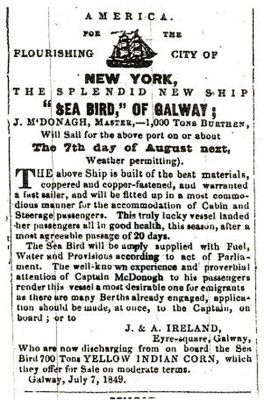
Like most towns in Ireland, Galway was used to food shortages; they had occurred here in 1816, 1817, 1822, 1831, and in 1842 there were food riots in the city. Nobody, however, was prepared for what happened in 1845 when the potato crop failed. As winter approached, the situation did not seem any worse than usual, though people were concerned about food being exported from the docks while there was a shortage locally.
Lecture on Galway’s tribal families
GALWAY IS known as The City of The Tribes, but who were these 14 families? What did they do? Why are their names still remembered today?
Nuns Island about one hundred years ago
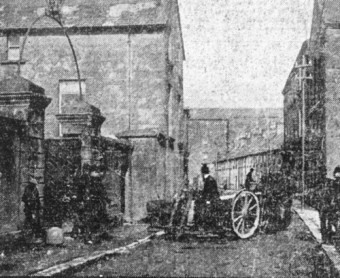
In the 19th century Nuns Island was part of the industrial heartland of Galway. The 1911 census tells us that the street comprised two lodging houses, Grace’s Asylum, the Presbyterian Church, a ladies’ school, a fever hospital, Her Majesty’s Prison, a brewery and malt house, St Joseph’s Seminary, two flour mills, a granite works, and the Poor Clares Convent as well as the various residences.
A medley of books for Christmas
AS ALWAYS there is a huge variety of books available as gifts this Christmas which in an increasingly harsh economic climate offer wonderful value and, when chosen properly, are immensely and deeply appreciated.
Galway to honour 150th anniversary of Burke and Wills expedition
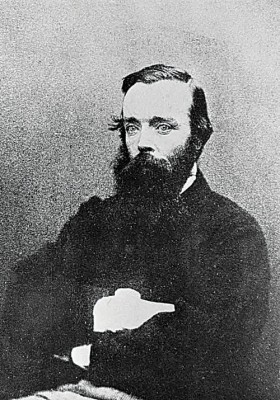
A brave Galway explorer who dared to venture into the harsh terrain of the Australian bush 150 years ago is to be honoured this weekend at City Hall and at the Galway City Museum.

